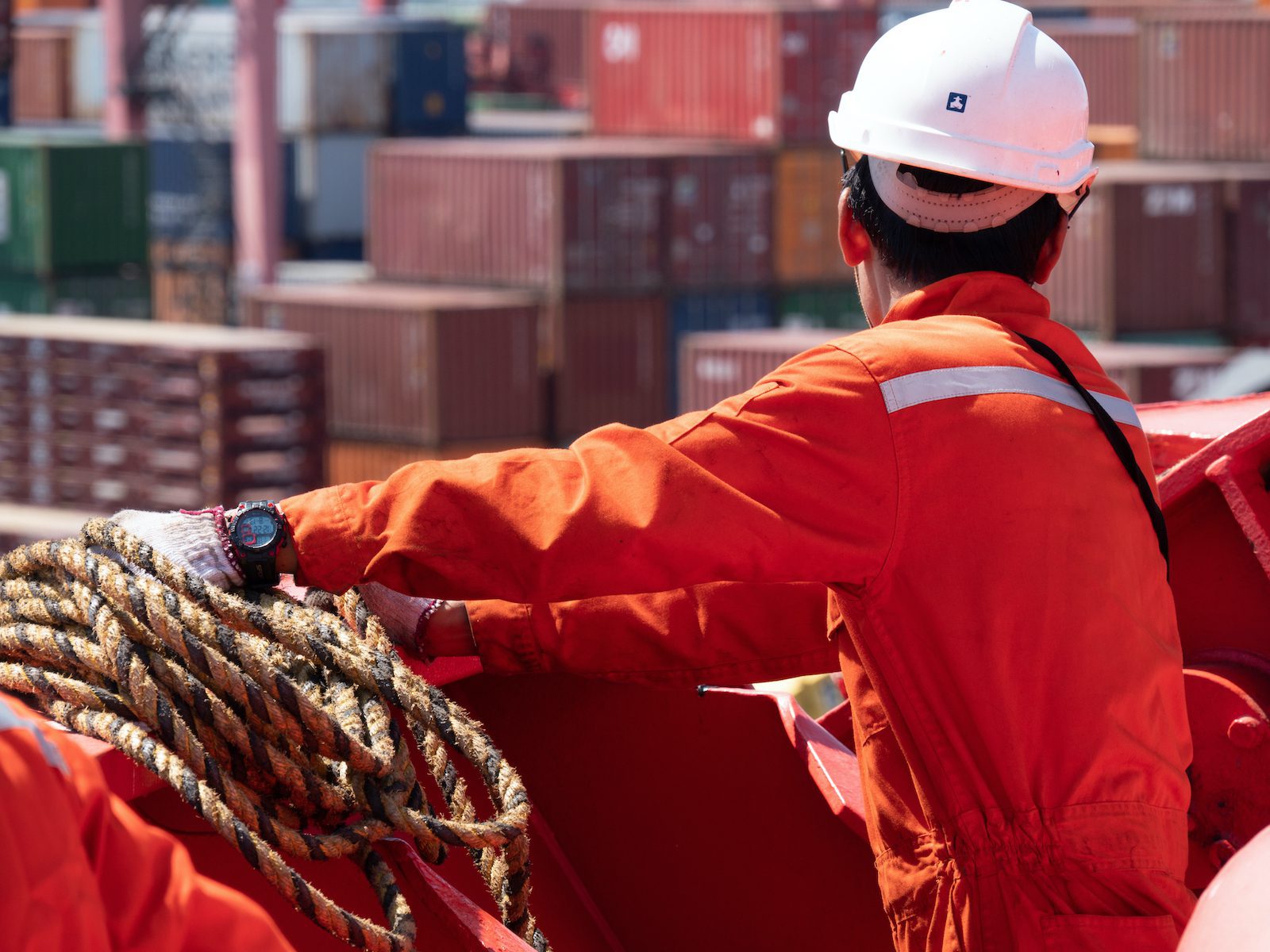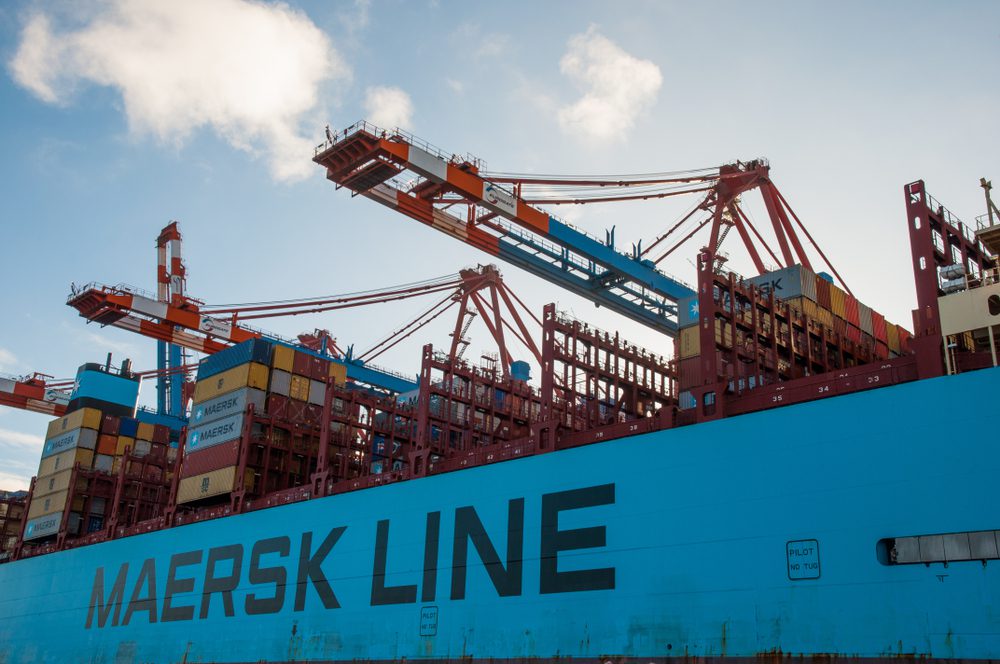Here’s what’s at risk tomorrow if we don’t respond to the crew change crisis today.
By Hrishi Olickel and Irina Carbunaru – The crew change crisis is raging on, as changing Covid-19 restrictions complicate seafarer movements – and the ripple effects may continue to spread for the next five years. The crewing crisis and the increasing safety risks of operating in a tense geopolitical environment are harming morale. Operations and training institutes are impaired by increased restrictions. There are concerns that seafarer population growth, which is already lower than needed, will slow down even further.
This slowdown needs to be tackled at every stage of the crewing process: from improved training for seafarers at the very start of their careers, accelerated accreditation for senior managers and a holistic approach to crew welfare.
With reduced workforces, many maritime operators are facing difficult decisions to maintain services. Companies will have to be at the forefront of crewing innovation, or the lack of human power will wreak havoc on global supply chains.
Issues in shipping have been exacerbated by the pandemic
While challenges in the shipping industry may have been overlooked before, border closures drew attention to how goods move between countries, with the seafaring profession that supports the global supply chain taking center stage. With increased awareness comes a decrease in seafarers looking to join the industry, slowing down seafarer population growth further. While awareness of the supply chains of goods is growing, the supply chain of crew is often overlooked.
At its core, the crew change crisis stems from the restrictions on movement from the early days of the pandemic. Seafarers with 6 or 9 month contracts were sometimes stranded onboard for more than 18 months while teams on land were unable to board vessels. Seafarers stuck on ships have been struggling with increasing fatigue and interpersonal tensions alongside declining mental and physical health, jeopardising maritime safety. There is a growing weariness, compounded by the feeling that ships are working even harder to deliver on increased trade.
But the issues run deeper, with impacts being felt at the very start of the crewing lifecycle: training institutions. Lockdowns and social distancing meant training institutes were closed, exams cancelled and certification processes ground to a halt. Seafarers still looking to work have been unable to renew their licences, reducing the senior officer workforce further on this technicality.
Crew safety used to be the primary concern of ship managers globally, but crew welfare is increasing in importance; failing to meet these needs risks alienating the diminishing workforce further.
The impact on the future of maritime if we don’t act now
While there is a shortage of seafarers, there’s no shortage of demand for crew. We are likely to see the situation worsen in as soon as two years, according to the 2021 Seafarer Workforce Report. The world fleet is predicted to grow by 6.4% over the next five years, while a study by the International Chamber of Shipping found that demand for officers has increased by 24.1% without an increase in supply, meaning a shortage of approximately 16,500 officers. This projected shortage will disproportionately affect smaller shipowners, operators and ship managers.
These impacts will not be felt evenly, and some economies will suffer more than others. Seafaring is not an attractive profession in countries with better jobs onshore, which further reduces the pool of available workers. For example, in Singapore, companies are restricted to hiring Singaporeans while competing against attractive onshore jobs. These regulations will have to be relaxed in order to hire seafarers from less-economically developed countries with fewer competitive job opportunities, like Philippines, Indonesia, Vietnam. Relying on workers from these countries can also be complicated, as they can be subject to more stringent immigration requirements.
Given the projected shortage of qualified seafarers, companies need to increase their efforts and resources associated with recruiting and developing sustainable crew pools. Without crew, shipping companies have their operations disrupted.
Crew wellbeing must become the industry’s north star
Seafarers are the lifeblood of the maritime industry; the tide that moves goods globally. The industry needs to challenge the long held view that people come second to cargo and profits – without human power the supply chain is broken.
As demand grows and the workforce dwindles, individual crew members are coming under increased pressure. Higher wages aren’t enough to retain staff, shipping companies need to keep their crew engaged, and build collaborative relationships based on trust and loyalty by showing care for worker welfare and wellbeing. Research from Indonesia has shown that a work-life balance has a direct impact on work effectiveness – happy and rested crews are more efficient workers.
In a rapidly changing global landscape, where pandemics, route blockages and military campaigns can cause mass-scale disruptions throughout the industry, maritime decision makers need to future proof their crews and operations by taking a more resilient approach to protecting their core needs.
If nothing changes, the industry risks losing its workers at an unprecedented rate. It’s key to bring a human touch to ensure crew wellbeing in shipping. This ensures that the crew are happy and healthy, which keeps the global supply chain running.
Conclusion
The Covid-19 pandemic has brought existing resourcing issues in maritime to the forefront of the global conversation, with the crew change crisis exposing the gaps in wellbeing considerations onboard. This has to be addressed urgently, or it will further slow down seafarer population growth.
Lack of action will lead to massive repercussions across the global value chain and within the shipping crew supply chain. Smaller operators risk being disrupted beyond recovery, which will drastically redraw the competition landscape of the shipping industry.
Digitalising crew processes is not just about smoother operations. Ultimately, doing so will ensure that crew managers can free up time so that they can focus on bringing a greater human touch to supporting crew competence and welfare too. By proactively addressing the crew change crisis and stalled training programs, we can address dwindling crew numbers and lay the foundations for a more productive and engaged workforce.
Hrishi Olickel is CTO at Greywing, a new operating system for maritime. Irina Carbunaru is General Manager HR Marine at Bernard Schulte Ship Management.

 Join The Club
Join The Club











